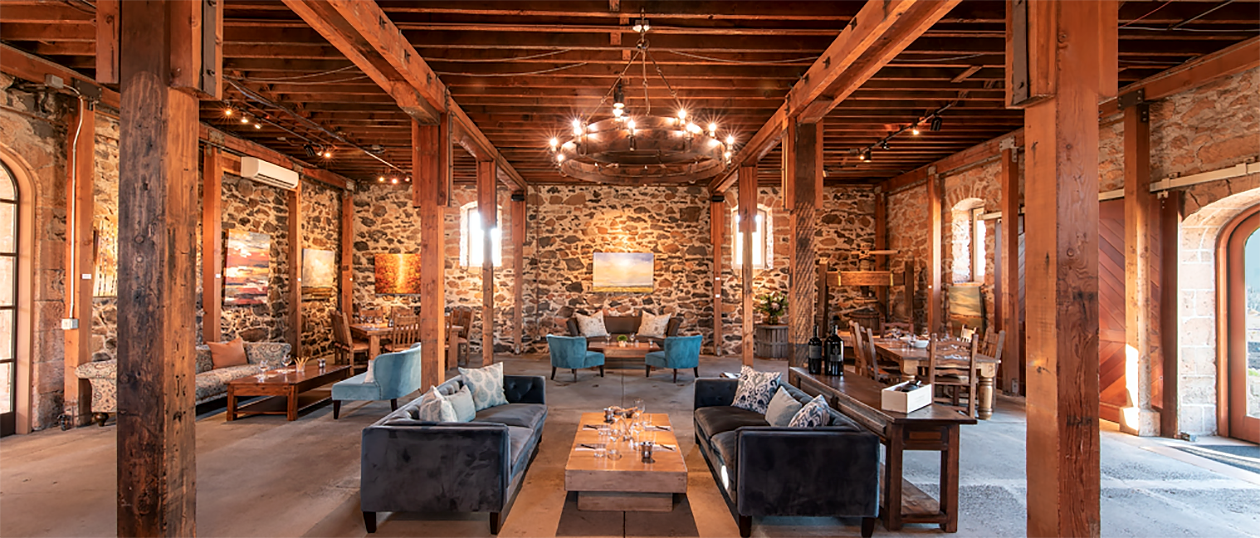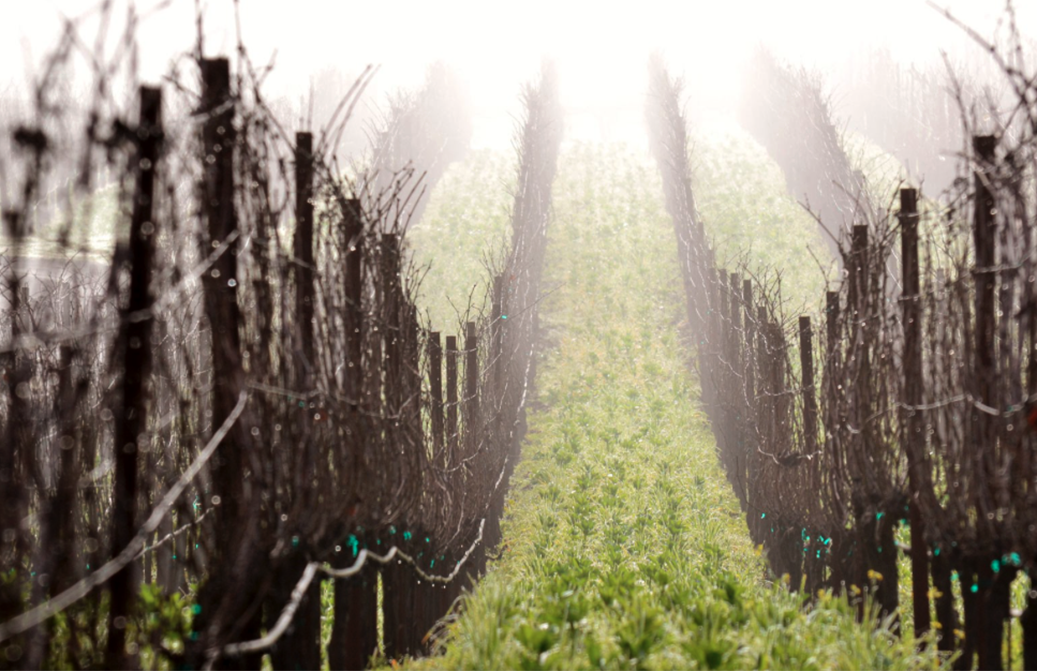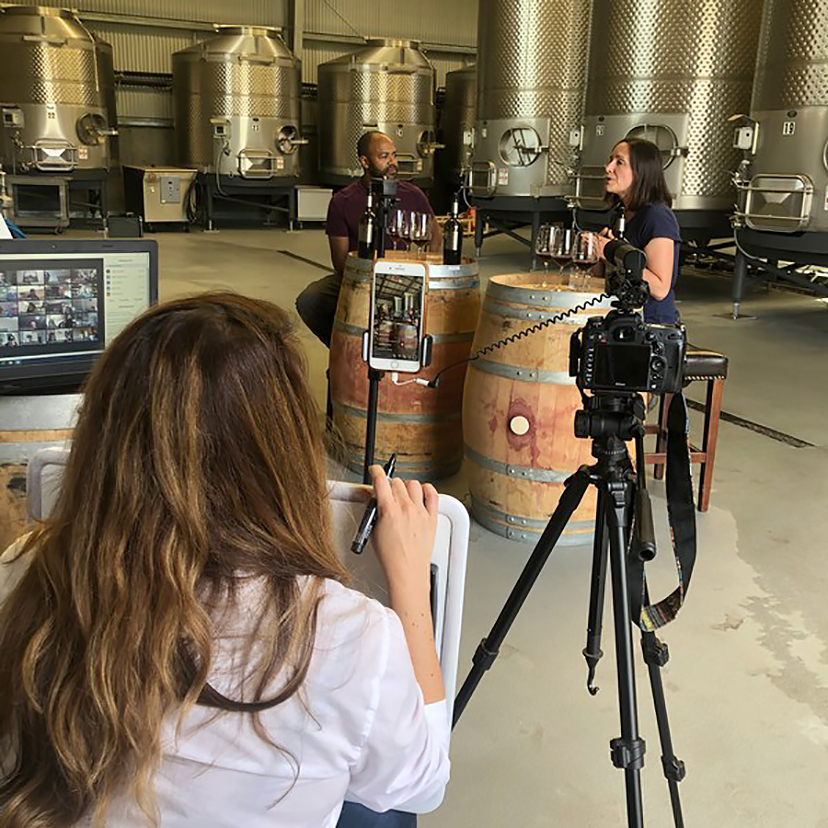Deep purple-ruby color; plum, blackberry, dark cherry, blueberry, raspberry, black olives, chocolate, licorice, black pepper, cedar, oak, dust on the nose and palate.
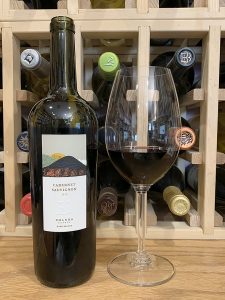
Dry; medium, ripe tannins—the previous vintage demanded decanting, this iteration does not demand, but do not hesitate to do so. Very ripe fruit pushes this to an almost-jammy sweetness (but sweet from ripeness sensation, not sweet from residual sugar). Acidity (3.69 pH) works well with the ripe-fruit forwardness of this wine. Medium-plus body. Big and rich in the mouth with brambly notes in the mid-palate. 14.5% ABV
Blend of 86% cabernet sauvignon, 14% cabernet franc. This is the only Ehlers wine that is not 100% estate-sourced; 18% of grapes sourced from Oakville and Yountville vineyards. All grapes organically farmed. 2018 is regarded as stellar vintage with cooler nights and mild daytime temperatures in August to retain natural acidity. The weather helped to gain concentration in the fruit, and this effort clearly reflects that. Aged 22 months in 61% new oak and 39% used oak. The oak is well behaved, delivering secondary notes, not bombast.

Lured by the allure of wine and motivated by embrace of new challenges, French entrepreneurs and philanthropists Jean and Sylviane Leducq purchased land in the St. Helena area of Napa in the mid-1980s. In the manner of a French châteaux, they methodically acquired adjacent property to assemble today’s 42-acre, organically farmed estate. Bernard Ehlers, the original owner, built a stone barn in 1886 that is the heart of the operation today.

The Leducqs passed on management of their operation to Laura Díaz Muñoz. Originally from Madrid, when she took the reins, Díaz committed to taking Ehlers into its next generation, including focused farming that includes some replanting. She also experiments with a variety of vessels for cellaring and aging. Laura left Ehlers to pursue her Master of Wine certification in 2023. Adam Casto replaced her, and we look forward to enjoying his efforts going forward.
The Ehlers vineyards are located in an up-valley location in the St. Helena AVA. The location provides ideal ripening conditions with the narrowing channel of the Vaca and Mayacamas mountains delivering cooling winds to promote freshness, balance, and finesse. Fortunately, these conditions dictated harvest after a Labor Day heat wave in 2017. By October 4, all the estate grapes were in fermentation tanks, many in barrels and starting malolactic fermentation. The terrible Napa fires started the next week.
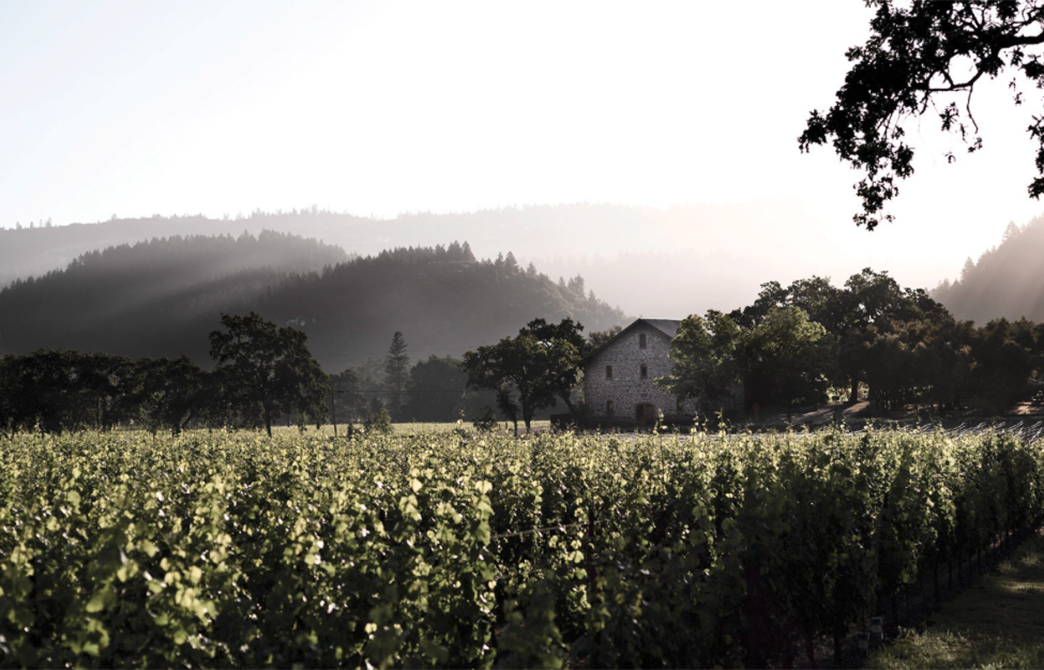
Ehlers Estate Cabernet Sauvignon Napa Valley 2018: Ehlers is a first-class Napa producer, and this is their excellent entry-level pour. Yes, at $65-75, this is “entry-level” for quality Napa wine. Very ripe-fruit forward with balancing acidity. Tannins are relatively tame, and decanting integrates and harmonizes this nicely. Pair with beef—grilled, braised, sautéed, baked; lamb; wild game—venison, boar, wild turkey; pork—baby back ribs; barbecue—slow-cooked brisket. Cheese—mature and hard cheeses; cheddar, aged gouda, gorgonzola; aged cow’s milk cheese with some age; semi-hard sheep’s milk cheese with some age; slightly firm, soft-ripened cheese with earthy notes like triple-crème brie. $65-75
